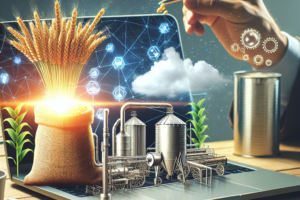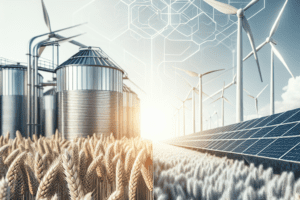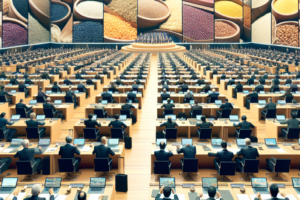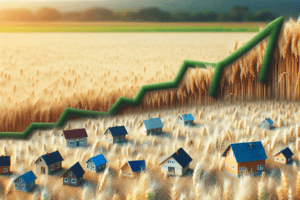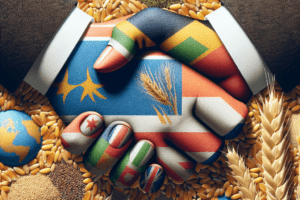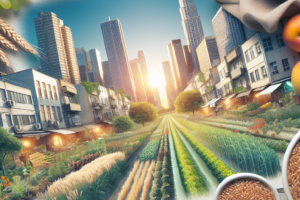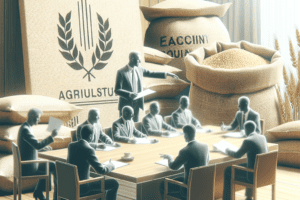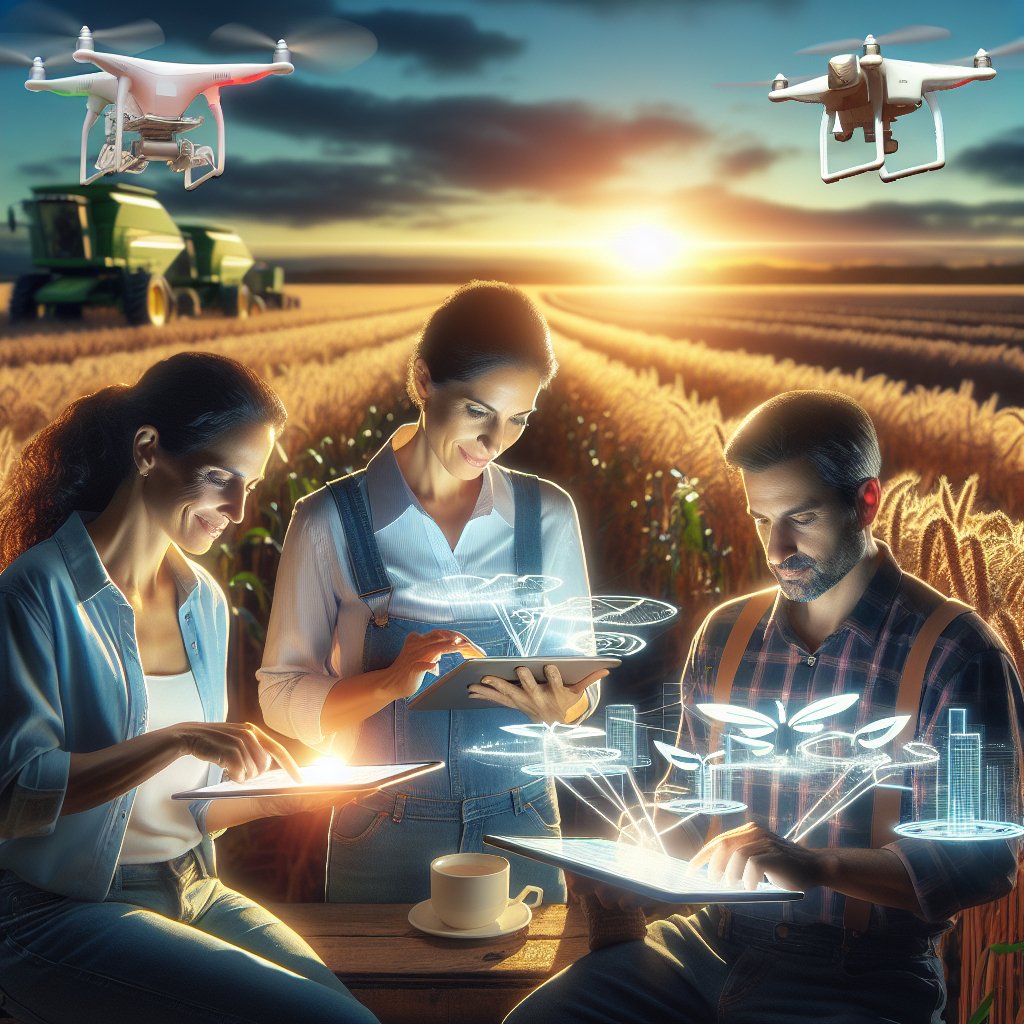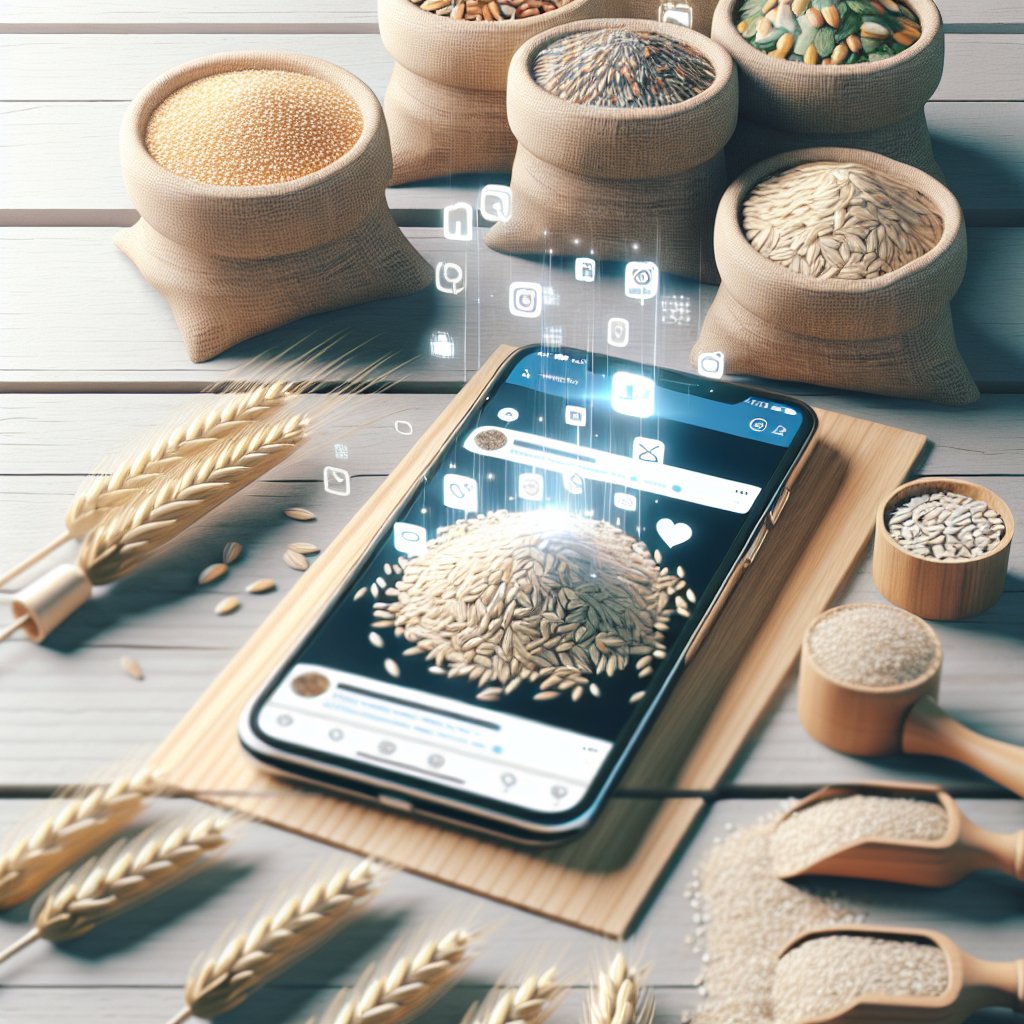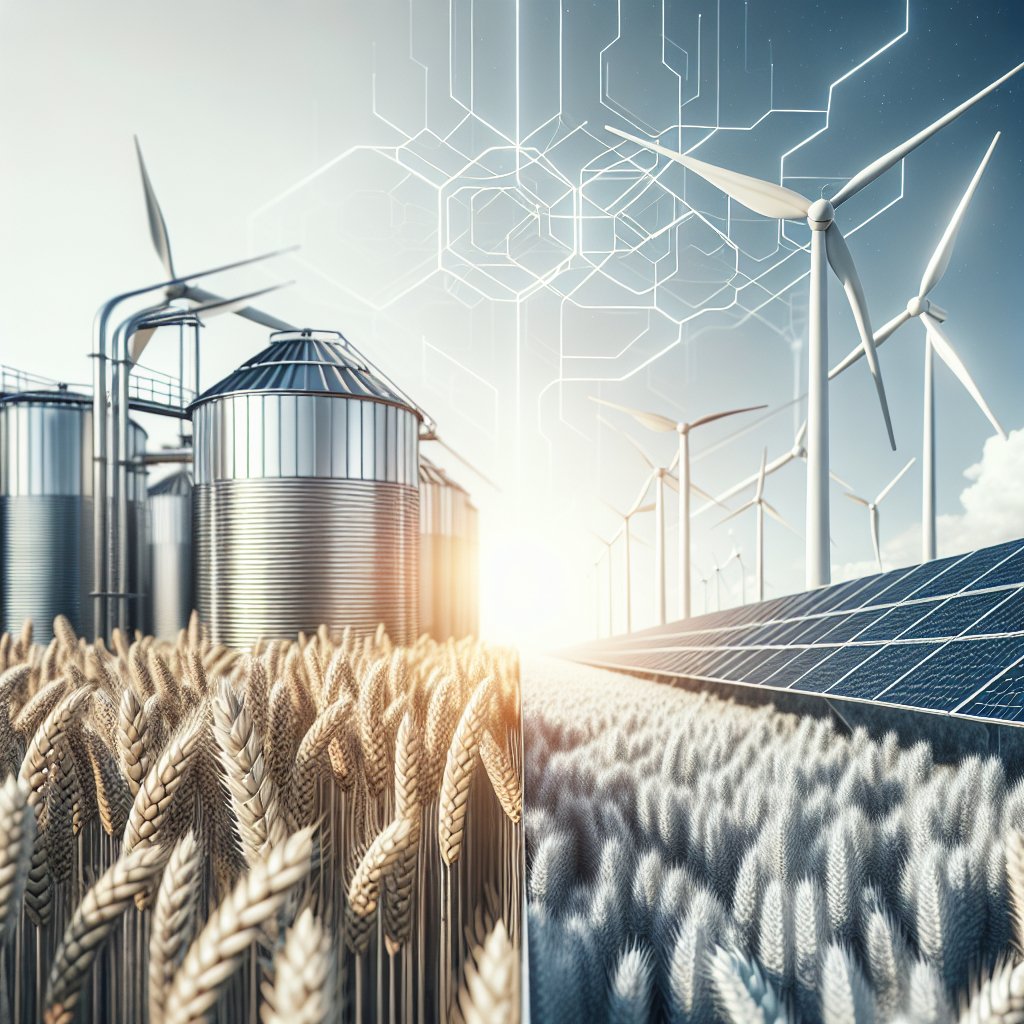How digital tools are transforming the landscape of grain farming is a topic of increasing importance in the agricultural sector. As the world faces challenges such as climate change, population growth, and the need for sustainable practices, grain farmers are turning to technology to enhance productivity, efficiency, and sustainability. This article explores the various digital tools available to grain farmers and how these innovations are reshaping their operations.
The Rise of Precision Agriculture
Precision agriculture is a farming management concept that uses information technology to ensure that crops and soil receive exactly what they need for optimum health and productivity. This approach has gained traction among grain farmers, who are leveraging digital tools to make data-driven decisions.
Data Collection and Analysis
One of the cornerstones of precision agriculture is the collection and analysis of data. Farmers can now utilize various sensors, drones, and satellite imagery to gather real-time information about their fields. This data can include soil moisture levels, nutrient content, and crop health indicators. By analyzing this information, farmers can make informed decisions about irrigation, fertilization, and pest control.
- Sensors: Soil sensors can provide continuous monitoring of moisture and nutrient levels, allowing farmers to optimize their irrigation schedules and fertilizer applications.
- Drones: Equipped with high-resolution cameras and multispectral sensors, drones can capture aerial images of fields, helping farmers identify problem areas that require attention.
- Satellite Imagery: Satellite technology offers a broader view of agricultural landscapes, enabling farmers to monitor crop health and growth patterns over large areas.
Variable Rate Technology (VRT)
Variable Rate Technology (VRT) is another significant advancement in precision agriculture. This technology allows farmers to apply inputs such as seeds, fertilizers, and pesticides at variable rates across a field, based on specific needs. By using VRT, farmers can reduce waste, lower costs, and minimize environmental impact.
For example, a farmer may use VRT to apply more fertilizer in areas of the field that have been identified as nutrient-deficient while applying less in areas that are already rich in nutrients. This targeted approach not only improves crop yields but also promotes sustainable farming practices.
Farm Management Software
In addition to precision agriculture tools, farm management software has become an essential resource for grain farmers. These digital platforms help farmers streamline their operations, manage resources more effectively, and improve overall productivity.
Comprehensive Farm Planning
Farm management software provides a centralized platform for planning and managing various aspects of farming operations. Farmers can use these tools to create detailed crop plans, track planting and harvesting schedules, and manage labor and equipment resources.
- Crop Planning: Farmers can analyze historical data and market trends to make informed decisions about which crops to plant and when to plant them.
- Resource Management: The software allows farmers to track inputs such as seeds, fertilizers, and pesticides, ensuring that they are used efficiently and effectively.
- Labor Management: Farmers can schedule labor more effectively, ensuring that they have the right number of workers available during critical times such as planting and harvest.
Financial Management and Record Keeping
Farm management software also plays a crucial role in financial management. Farmers can track expenses, revenues, and profits, allowing them to make better financial decisions. Additionally, these tools can help with compliance and record-keeping, which are essential for securing loans and grants.
By maintaining accurate records, farmers can also analyze their performance over time, identifying areas for improvement and growth. This data-driven approach to financial management can lead to increased profitability and sustainability.
Challenges and Considerations
While digital tools offer numerous benefits to grain farmers, there are also challenges and considerations that must be addressed. The adoption of technology can require significant investment, and not all farmers may have access to the necessary resources or training.
Cost of Technology
The initial cost of implementing digital tools can be a barrier for some farmers, particularly small-scale operations. While the long-term benefits often outweigh the costs, the upfront investment can be daunting. Farmers must carefully evaluate their financial situation and consider options such as grants, loans, or partnerships to help offset these costs.
Training and Support
Another challenge is the need for training and support in using these digital tools effectively. Farmers may require assistance in understanding how to interpret data, operate new equipment, and integrate technology into their existing practices. Extension services, agricultural cooperatives, and technology providers can play a vital role in offering training and support to ensure successful adoption.
The Future of Grain Farming
The future of grain farming is undoubtedly intertwined with the advancement of digital tools and technologies. As farmers continue to embrace precision agriculture and farm management software, they will be better equipped to meet the challenges of modern agriculture.
Innovation and Sustainability
Innovation will remain a driving force in the agricultural sector, with ongoing research and development leading to new technologies that can further enhance productivity and sustainability. As grain farmers adopt these innovations, they will contribute to a more resilient food system capable of supporting a growing global population.
Collaboration and Knowledge Sharing
Collaboration among farmers, researchers, and technology providers will be essential for maximizing the benefits of digital tools. By sharing knowledge and experiences, farmers can learn from one another and develop best practices that can be applied across the industry.
Conclusion
Digital tools are empowering grain farmers in unprecedented ways, enabling them to optimize their operations, improve sustainability, and enhance productivity. As the agricultural landscape continues to evolve, the integration of technology will play a crucial role in shaping the future of grain farming. By embracing these innovations, farmers can not only meet the demands of today but also prepare for the challenges of tomorrow.

